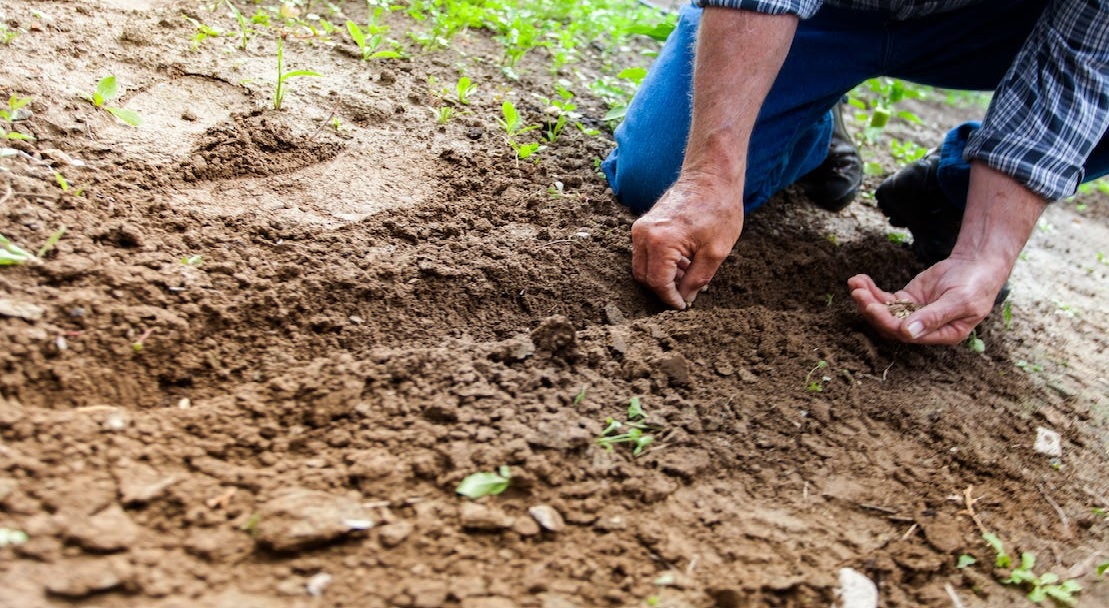Soil Conservation: Nurturing Earth’s Life Sustainer
Introduction: Soil, often referred to as the “skin of the Earth,” is a finite and precious resource that supports life in all its forms. It provides the foundation for agriculture, ecosystems, and human habitation. However, rampant degradation, erosion, and mismanagement have put our soil at risk. Soil conservation is the urgent need of the hour to ensure food security, biodiversity, and environmental sustainability. This essay delves into the significance of soil conservation, its importance in agricultural practices, methods of preservation, and the role of individuals and communities in safeguarding this invaluable resource.
Importance of Soil Conservation:
- Food Security: Soil is the primary medium for crop cultivation. Conserving soil quality and fertility is essential to ensure a consistent and healthy food supply for growing populations.
- Biodiversity: Healthy soil is a habitat for numerous organisms that play vital roles in nutrient cycling, decomposition, and ecosystem balance.
- Carbon Sequestration: Soil acts as a carbon sink, absorbing and storing carbon dioxide from the atmosphere, which helps mitigate climate change.
- Water Management: Properly conserved soil has better water-holding capacity, reducing runoff, erosion, and flooding risks.
Challenges to Soil Conservation:
- Erosion: Water and wind erosion strip away the fertile topsoil, causing loss of nutrients and decreased agricultural productivity.
- Deforestation: Removing forests disrupts the natural balance and leads to increased soil erosion and degradation.
- Overgrazing: Uncontrolled grazing by livestock can compact the soil, making it more prone to erosion and reduced fertility.
- Industrialization and Urbanization: Urban expansion and industrial activities often lead to soil contamination, sealing, and loss of natural soil cover.
Methods of Soil Conservation:
- Terracing: Constructing terraces on hilly terrain reduces water runoff, allowing for controlled irrigation and preventing erosion.
- Contour Farming: Planting crops along the contours of the land helps slow water movement and reduces erosion.
- Cover Cropping: Planting cover crops during fallow periods helps protect the soil from erosion and enhances soil health.
- Agroforestry: Integrating trees and shrubs with crops helps stabilize the soil, enhance biodiversity, and improve soil fertility.
- No-Till Farming: This method involves minimal soil disturbance during planting, preserving soil structure and reducing erosion.
Role of Individuals and Communities:
- Awareness: Educating individuals about the importance of soil conservation and sustainable practices is crucial.
- Adopting Best Practices: Farmers can implement conservation techniques like crop rotation, mulching, and organic farming.
- Afforestation: Planting trees and restoring degraded lands can prevent erosion and enhance soil quality.
- Proper Waste Management: Reducing waste and recycling can minimize soil contamination.
Government and Policy Interventions:
- Soil Health Cards: Providing farmers with soil health assessments and recommendations for sustainable practices.
- Subsidies: Offering incentives for adopting conservation techniques and organic farming.
- Regulations: Implementing laws to prevent soil erosion, deforestation, and unchecked industrial activities.
Conclusion: Soil conservation is not just an environmental concern; it’s a necessity for ensuring a sustainable and secure future. As stewards of the Earth, it is our responsibility to protect and preserve this vital resource for present and future generations. By adopting sustainable agricultural practices, raising awareness, and supporting policy measures, we can contribute to the well-being of our planet, foster food security, and create a harmonious balance between human needs and environmental preservation. It is only through collective efforts that we can safeguard our soil, the cornerstone of life itself.

